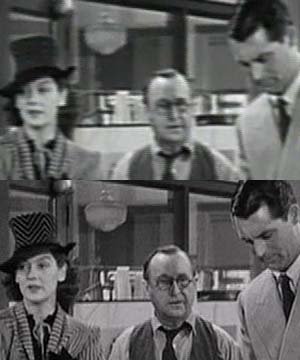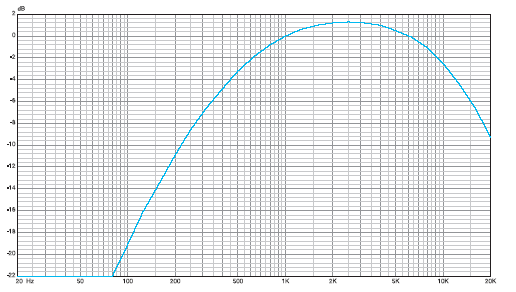Robert Heinlein’s 1958 novel Starship Troopers is totally misunderstood by many, not least the makers of the 1997 movie of the same name. Take the issue of race, for example. The movie features pasty white Casper Van Dien in the part of the main charater, Johnny Rico, when it was clear from the novel that Rico was Filipino. Dien’s Rico is smugly ambitious and self confident, the novel’s Rico is searching and strives, with the help of others, to overcome his self doubt.
Not least of Heinlein’s virtues was his ability to separate the important from the fashionable. His characters are more or less timeless — as a ‘coming of age’ story, Rico could have been in a character in a World War I story as easily as in this future war story. Yet — remember this is 1958 when it was written — fashion is treated as arbitrary, not fixed. There are references to tough men wearing makeup and hardened soldiers wearing ear rings.
For years I’ve been meaning to complete an essay on the way that the movie abuses the novel on which it was ‘based’ and on its own internal idiocies. Now I find that someone has done most of my work for me. Christopher Weuve has a fine analysis and defence of the novel against the mostly clueless criticisms levelled against it, and a decent takedown of the movie. Go to ‘Thoughts on Starship Troopers‘.
The essence of my criticism of the movie is that it is to the book what a movie of 1984 would be to George Orwell’s novel. If, that is, the movie had been made under Josef Stalin’s direction, had lifted the characters from the story but reversed their motivations, had made the society a model of benevolence, had Winston Smith correcting errors in past publications instead of falsifying them. Starship Troopers the movie (which Weuve would have liked to refer to as ‘Paul Verhoeven, Jon Davison, and Ed Neumeier’s Twisted Parody of a Book They Claim They Liked But Have Done Everything to Befoul’) is, in fact, a satire on the sentiments and themes of Starship Troopers the novel.
Finally, I would only add that Weuve is too mild in his criticisms of the movie’s science. He mentions the asteroid that smears Buenos Aires, having been propelled across the full width of galaxy, yet only glancingly strikes a spaceship. In fact, to traverse such a distance in the short time the war had been proceeding, the asteroid would have had to travel at many times the speed of light. And how the pilots of the spaceship noticed the approach of asteroid – sufficient gravitational tug to overcome their own artificial gravity and tilt the water in a glass by perhaps twenty degrees — is ludicrous, given that such a strong pull would have first been noticed by them being pulled off balance, the trajectory of their craft being pulled off course and so on. The asteroid would have been incapable, in any case, of exerting more than microgravitational forces. It takes a very big chunk of rock indeed for significant gravity. Even the moon can only manage one sixth of ours.
Other idiocies: the bugs shoot down spaceships by farting globs of stuff from their rear ends into the air. Good way of achieving escape velocity. The single nuke that our chaps use to close up a cave produces a ripple of explosions in the ground rushing towards the camera. And so on.
UPDATE (Thursday, 11 August 2005, 10:02 pm): See also my review of Starship Troopers written for Australian HI-FI.

 First, I used the computer program CoolEdit 2000 to produce ten seconds of ‘pink noise’.
First, I used the computer program CoolEdit 2000 to produce ten seconds of ‘pink noise’.  I have previously made reference (
I have previously made reference ( The purpose of this is to provide a
The purpose of this is to provide a